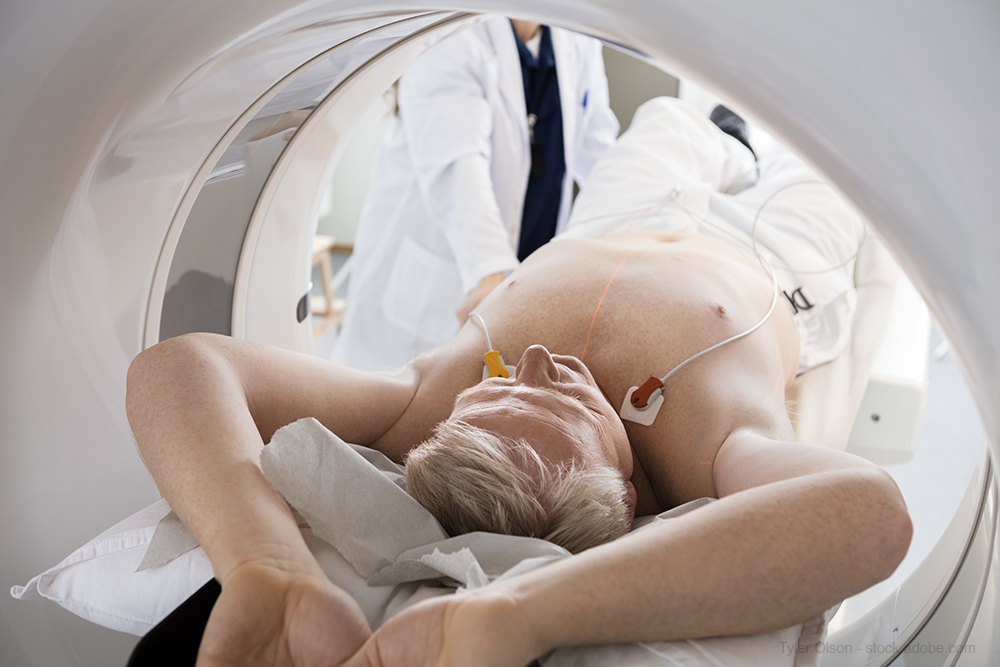Photon-Counting–Detector CT Can Characterize Small Renal Stones
Use of a photon-counting-detector CT for renal stones is similar to using dual-energy CT.

Photon-counting–detector (PCD) CT is superior to standard CT in helping characterize small renal stones, according to a study published in the journal Radiology.
Researchers from the United States and Germany sought to evaluate the utility and efficacy of a PCD CT system in improving the automatic characterization of stones of 3 mm or smaller.
Ten women and 20 men, median age 61 years, participated in the study. All underwent a clinical renal stone characterization scan with dual-energy CT, followed by a research PCD CT scan with the same radiation dose. Two radiologists reviewed for stones, which were identified as uric acid or non–uric acid. Stone size and contrast-to-noise ratio were calculated.
The results showed 160 renal stones; 91 were 3 mm or smaller in axial length. The odds of detecting a stone at PCD CT were 1.29 for all stones, compared with 1-mm-thick routine images from dual-energy CT.
Stone segmentation and characterization were successful at PCD CT in 70.0% (112 of 160) of stones versus 54.4% (87 of 160) at dual-energy CT, and was superior for stones 3 mm or smaller at PCD CT (45 versus 25 stones, respectively). Stone characterization agreement between scanners for stones of all sizes was substantial.
The researchers concluded that using a PCD CT to detect renal stones was similar to using dual-energy CT, however the PCD CT was better able to help characterize small renal stones.
GE HealthCare Debuts AI-Powered Cardiac CT Device at ACC Conference
April 1st 2025Featuring enhanced low-dose image quality with motion-free images, the Revolution Vibe CT system reportedly facilitates improved diagnostic clarity for patients with conditions ranging from in-stent restenosis to atrial fibrillation.
The Reading Room: Racial and Ethnic Minorities, Cancer Screenings, and COVID-19
November 3rd 2020In this podcast episode, Dr. Shalom Kalnicki, from Montefiore and Albert Einstein College of Medicine, discusses the disparities minority patients face with cancer screenings and what can be done to increase access during the pandemic.
Can Photon-Counting CT be an Alternative to MRI for Assessing Liver Fat Fraction?
March 21st 2025Photon-counting CT fat fraction evaluation offered a maximum sensitivity of 81 percent for detecting steatosis and had a 91 percent ICC agreement with MRI proton density fat fraction assessment, according to new prospective research.